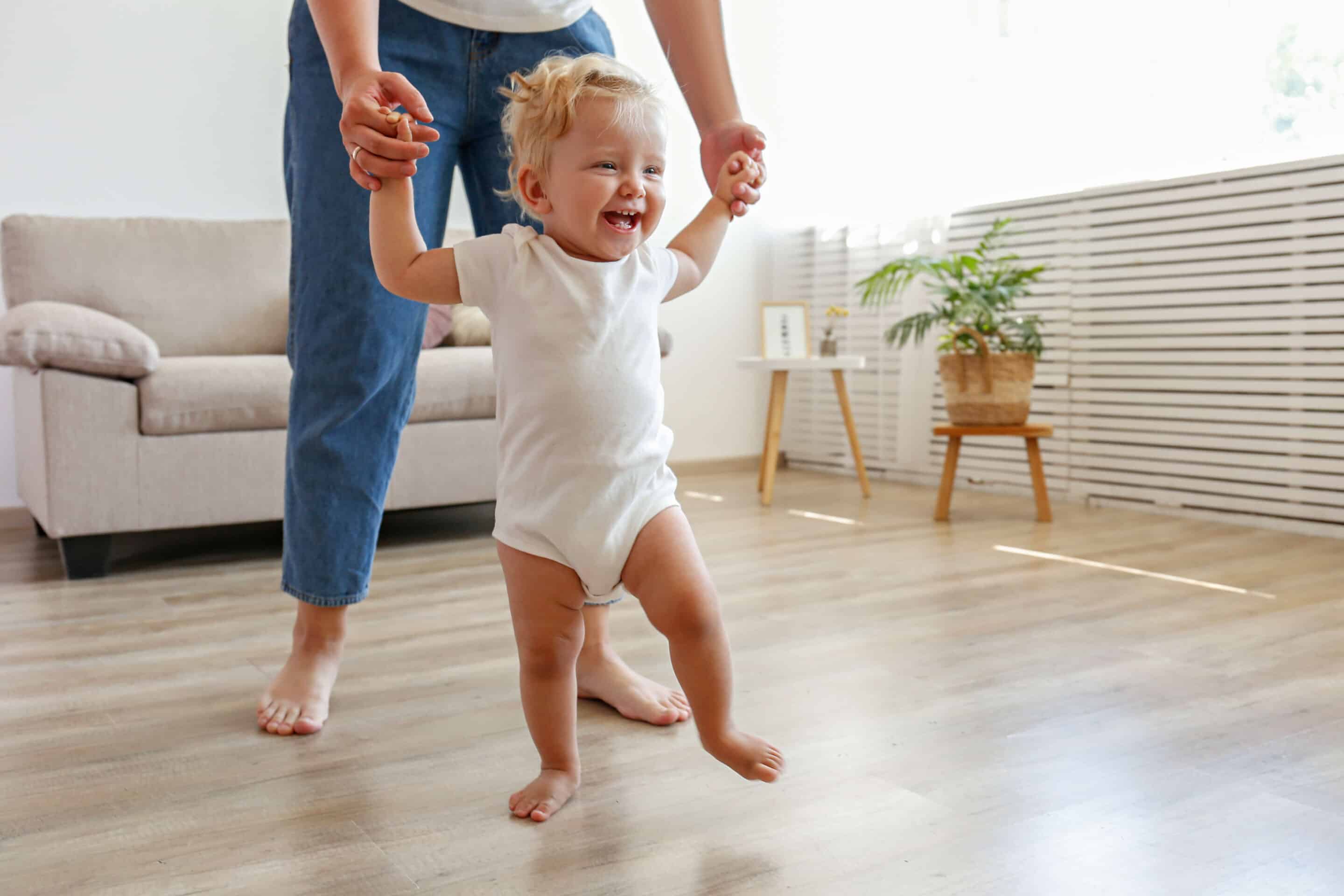What is Clubfoot?
Clubfoot is a common congenital condition affecting newborns, where one or both feet twist inward. Understanding clubfoot is essential for early diagnosis and effective treatment, ensuring the best possible outcome for your child.
Understanding Clubfoot
Clubfoot, medically known as congenital talipes equinovarus (CTEV), is a foot deformity present at birth. It is characterized by the inward twisting of the foot, making it difficult for a child to walk normally if untreated.
Types of Clubfoot
Idiopathic clubfoot is the most common type, occurring in otherwise healthy infants. Syndromic clubfoot is associated with genetic syndromes and other congenital conditions. Positional clubfoot is caused by limited space in the womb and often resolves with stretching or minor treatment.
Causes and Risk Factors
- Genetic and Environmental Factors: A family history can increase the risk of clubfoot. Environmental factors during pregnancy, such as low amniotic fluid levels or smoking, may contribute.
- Incidence and Demographics: Clubfoot affects about one in 750 newborns and is more common in boys than girls. It occurs in both feet in approximately 50% of cases.
Diagnosing Clubfoot
- Prenatal Diagnosis: Clubfoot can be detected via ultrasound around the 20th week of pregnancy. Early diagnosis allows parents to plan treatment and seek specialists in advance.
- Postnatal Diagnosis: At birth, doctors diagnose clubfoot through a physical examination. The foot appears rigid, turned inward, and may have a shortened Achilles tendon.

Treatment Options for Clubfoot
Non-Surgical Treatments
The Ponseti Method is the gold standard for clubfoot treatment. It involves weekly gentle manipulation and casting of the foot over several weeks, followed by an Achilles tenotomy, a minor procedure to lengthen the Achilles tendon. After this, a final cast is worn for three weeks. To prevent relapse, bracing is essential, worn full-time for three months and then only during sleep until age 4-5.
Surgical Treatments
Surgery is rare but may be needed if initial treatment fails. Procedures focus on releasing tight tendons and correcting severe deformities.
The Ponseti Method in Detail
- Step-by-Step Treatment Process: Treatment begins with stretching and casting, involving weekly adjustments for six to eight weeks. The next step is an Achilles tenotomy, a quick, minimally invasive procedure, followed by a final cast worn for three weeks. The bracing phase is crucial, continuing for several years to prevent recurrence.
- Parental Involvement and Discipline: Strict adherence to the bracing schedule is essential, as non-compliance is the leading cause of clubfoot relapse.
Long-Term Outlook and Support
- Prognosis and Expected Outcomes: With proper treatment, children can lead normal, active lives with no long-term disability.
- Community and Support Networks: Support groups help parents connect and share experiences. Many organizations provide resources and guidance for families.
Clubfoot is highly treatable with early intervention. The Ponseti Method is the most effective non-surgical treatment, and parental commitment to bracing ensures long-term success.
If you suspect your child has clubfoot, seek medical advice immediately. Early treatment ensures the best outcomes.
For expert clubfoot care, contact us today at (949) 364-9255 or schedule an appointment. Stay informed by checking out our blog for more insights on pediatric foot health.
